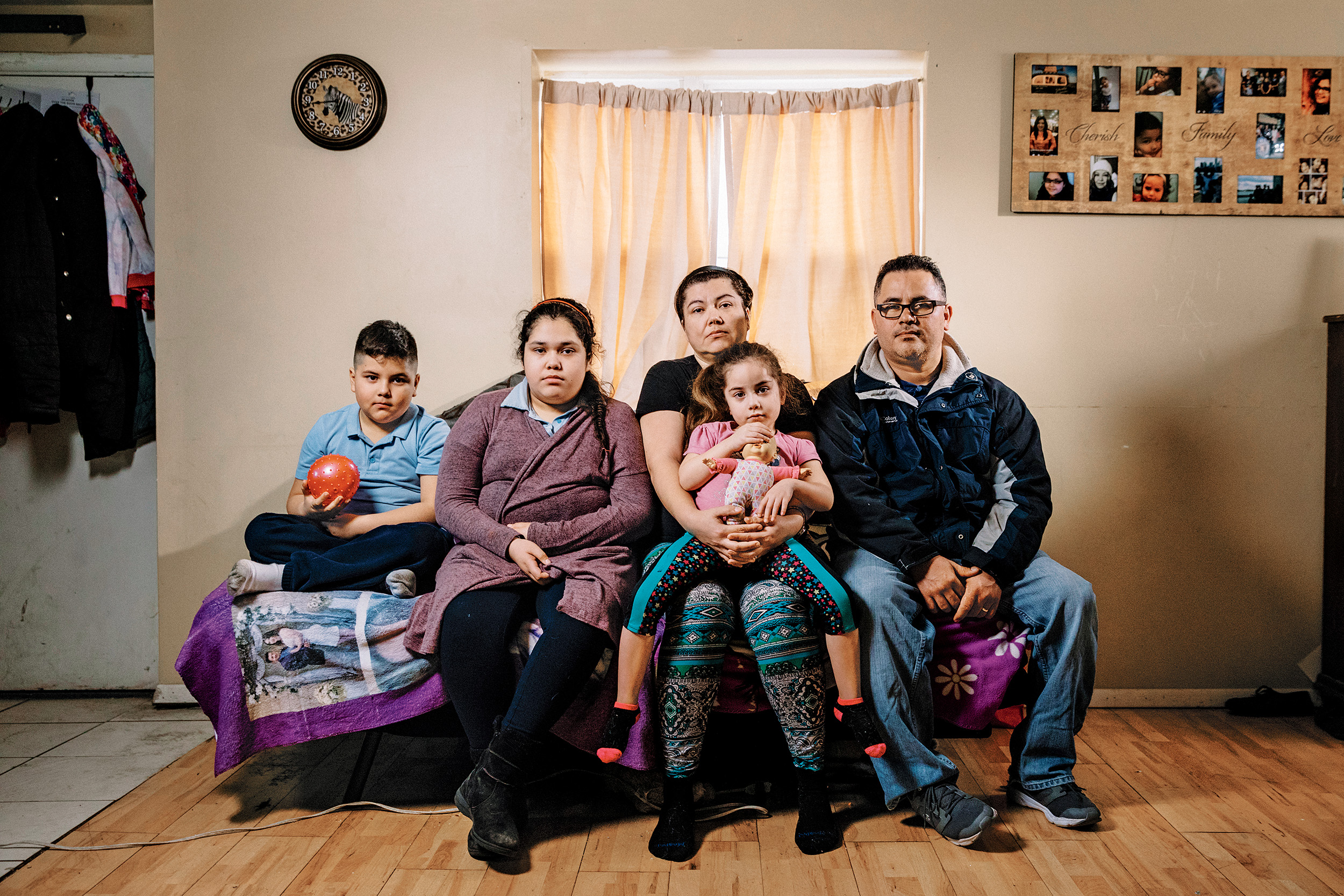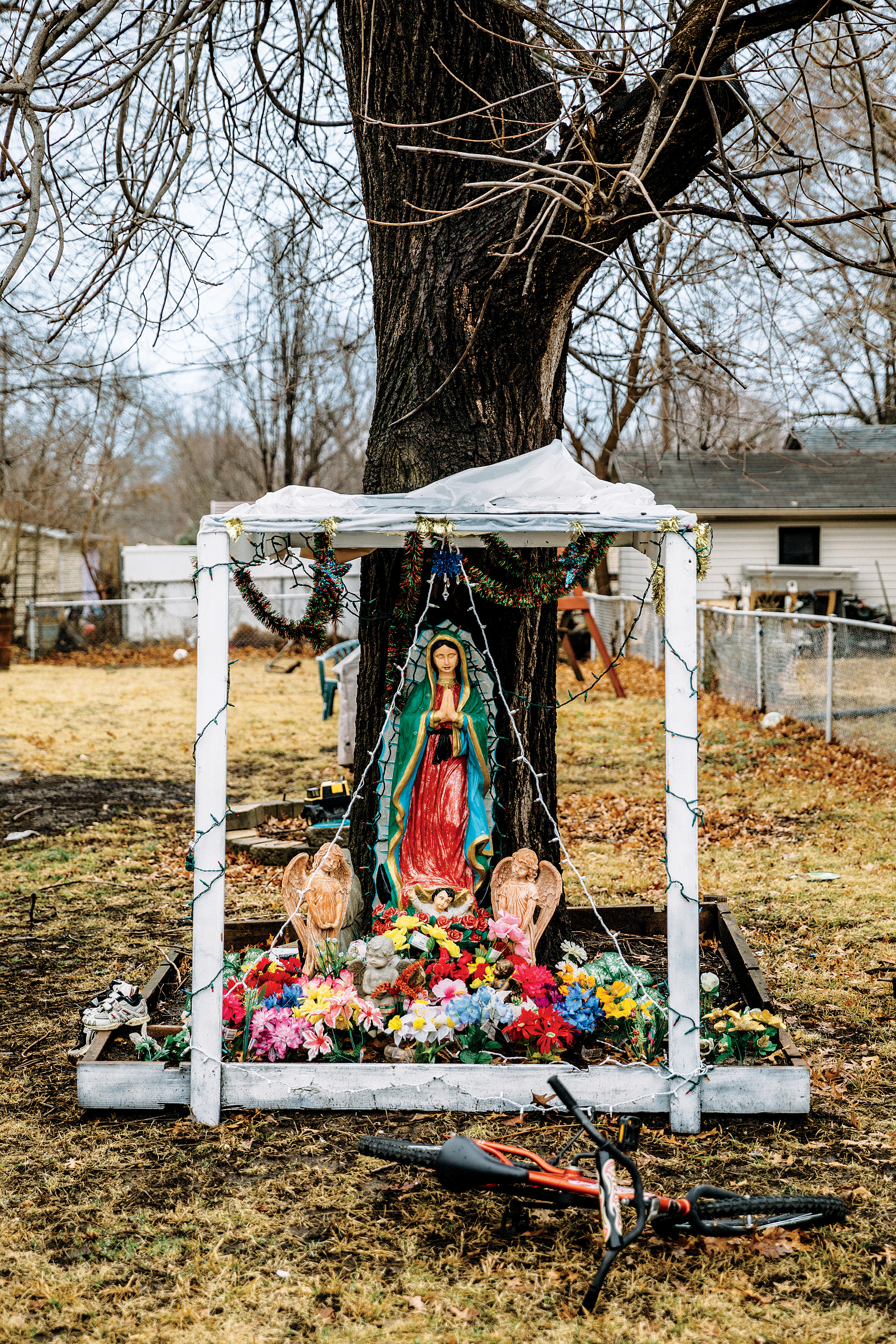Although the environmental justice movement emerged during one of the greatest waves of immigration in American history, very few people have studied the effects of industrial pollution on immigrants. Between 1965 and 2015, 59 million people moved to the United States; today nearly half of all immigrants land in California, Texas, Florida, or New York. Immigration spiked between 1970 and 2000, and while the number of people arriving each year has declined since then, the total immigrant population has swelled to its largest size ever—around 43.2 million in 2015.

The vast majority of these new Americans are racial minorities. Prior to 1965, visa quotas heavily favored Europeans; since 1965, when the Immigration and Nationality Act swept away those quotas, half of all immigrants have been Latin American, and a quarter have been Asian—two ethnicities that research has shown are far more likely to live within two miles of hazardous-waste facilities than whites. Immigrants are also more likely to be poor than native-born Americans. Latin American immigrant families had a median household income of $38,554 in 2010, compared to $62,358 for native-born households. Mexicans—who make up the largest group of foreign-born Americans—are the most economically disadvantaged. A child born in Mexico and living in the U.S. has almost a one-in-two chance of living in poverty; for a native-born child the risk is about one in five. And poverty, research has shown, is a powerful predictor of exposure to pollution.
By virtue of both income and ethnicity, then, new Americans have the odds stacked against them when it comes to finding a healthy place to live. But does being an immigrant in and of itself add an extra layer of risk? Two national studies offer evidence that it does. The first, conducted in 2000 using Census data from 1990, found that the higher the proportion of immigrants and linguistically isolated households in a particular county, the higher the number of hazardous-waste facilities and proposed Superfund sites. The second, conducted in 2015, found that dangerous industrial pollutants were most likely to be found in neighborhoods with many poor, immigrant Latinos with low English proficiency when housing values and other factors were controlled for. Poor blacks came in second, and poor Asian immigrants third. A handful of local studies from California, Texas, and Florida have drawn similar conclusions.

(Photo: William Widmer)
Some of the most interesting data has come from Sara Grineski and Timothy Collins at the University of Utah. They are investigating what draws immigrants to risky neighborhoods. Cheap rent and jobs in the industrial or service sectors are important, they’ve found, but so are other immigrants. As was the case for Sofia, these earlier arrivals show newcomers the ropes, shelter them from law enforcement, and provide the warm familiarity of home. Their presence is often more than enough to balance any reluctance people have about living near freeways, factories, and other environmental hazards. The irony is that, when those hazards turn into real health problems, immigrants (and especially the undocumented) are less likely to receive proper medical care because they have lower rates of insurance coverage than other Americans. It’s a perfect storm that Grineski and Collins say the government has neglected to address via health-care subsidies or any form of outreach or strong legislation.

“Not only is there greater exposure, but they also have much greater difficulty accessing protective resources,” Collins says. “These people are marginal in U.S. society and they’re trying to empower themselves by living among fellow immigrants. But in doing so, they’re being exposed to heightened risks.”
Lacking communication skills and legal immigration status also poses an obstacle when people try to right these wrongs. Lori Hunter, who authored the study from 2000, wrote that “the inability to communicate in English may lessen the likelihood of understanding relevant environmental legislation, as well as make the process of combating local authorities more difficult.” David Konisky and Christopher Reenock, who research environmental justice at Indiana University–Bloomington and Florida State, respectively, cite legal status as a potential factor. Their research has shown that communities with environmental justice organizations seem to attract more enforcement efforts from regulators—in other words, that fighting back works. But not everyone can fight freely. Though it’s not a hypothesis he’s studied directly, Konisky says, “There is evidence that immigrant populations don’t have the same confidence to engage with government because they’re worried about setting off red flags.”
As Collins points out, getting at the root of these problems means changing how America views its foreign residents—a tall order given the current political mood. “Without addressing the larger harsh discourse surrounding immigration in this country, I don’t know how you implement practical solutions very well right now,” he says.
A version of this story originally appeared in the May 2018 issue of Pacific Standard as a sidebar to “Failure at the EPA.” Subscribe now and get eight issues/year or purchase a single copy of the magazine.





